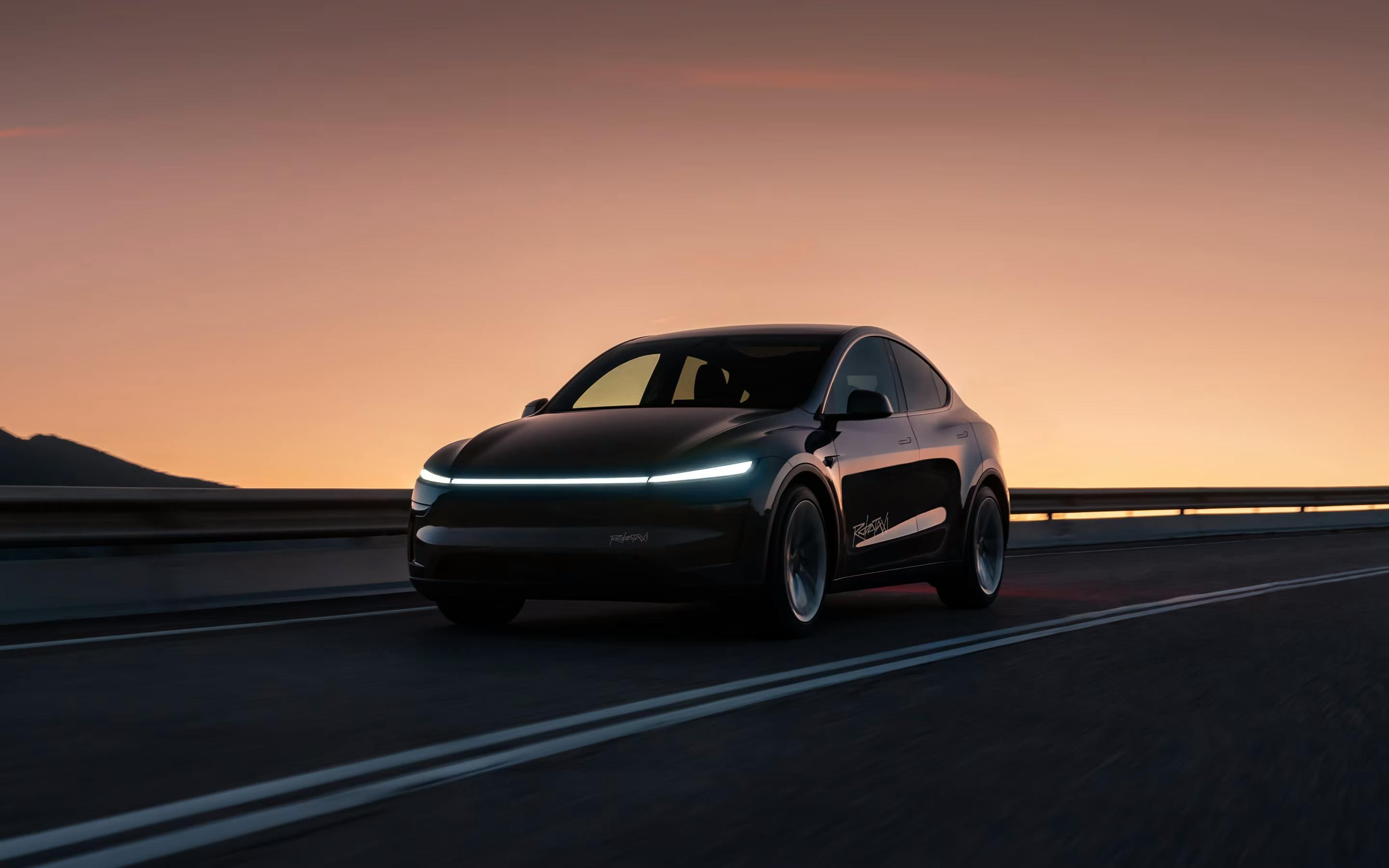Tesla’s robotaxi launch, by the numbers
It was very small but not bad! Tesla bull Dan Ives loved it.
After years of delays, Tesla’s long-awaited robotaxi finally launched yesterday in Austin. And by many accounts it was successful, with its stock surging more than 8% this morning.
The service was much less exciting than what normal people might consider a true autonomous ride service, since...
it was within a well-mapped subsection of the city,
there was a safety monitor in the front passenger seat,
it had remote operators ready to potentially step in as well as chase cars, in some instances following behind,
it only operates from 6 a.m. to midnight in good weather,
and only a chosen few pro-Tesla influencers were invited.
The circumscribed launch still got off the ground without a major hitch.
Here’s what we know about the launch from watching numerous livestreams from those lucky enough to get a backseat to the launch.
Invitees: 20+
Based on this X list by Australian tech writer Jason Cartwright, plus a couple we noticed not on the list, there were about 20 people who received invites to use the robotaxi at launch. The invites pretty much all went to pro-Tesla influencers, who livestreamed and posted about their experiences for their audiences.
Vehicles: >10
While a number of reports said there were 10 to 20 robotaxis available, it looks like as many as 35 Model Ys were on the road. Google’s Waymo, of course, is operating more than 100 driverless vehicles in Austin.
Cost: $4.20
The initial Tesla robotaxi riders were charged a flat fee of $4.20 per ride because CEO Elon Musk is gonna Musk. It didn’t allow tips. We don’t know what it will ultimately cost when the service is opened up to the public.
Coverage square milage: N/A
While we don’t know the exact square milage of the Tesla geofence, public screenshots show the geofenced area to be located south of the Colorado river in areas including South Congress and South Lamar — very popular tourist areas. Google’s Waymo, for comparison, covers 37 miles in Austin, including areas north of the Colorado River, where downtown Austin is located.
Other people in the car: 1
Tesla is obviously pushing the limits of what autonomous driving means, considering each robotaxi ride yesterday had a “Tesla Safety Monitor” sitting in the front passenger seat. While some of the riders tried to interact with the monitors to ask them questions about the service, they were mostly mum. A number of people pointed out that the safety monitors had their hands glued to the door button, presumably programmed to stop the car in case of an incident.
Software: not FSD (Supervised) 13.2.9
Musk has said the vehicles are unmodified, new Model Ys that are running a newer, “unsupervised” version of FSD (Supervised) 13.2.9 that owners of newer Teslas have. Musk says this robotaxi version will merge with the other branch “soon.”
A number of the robotaxi riders we watched said the software and ride felt very similar to what they’ve experienced in their own Teslas with the supervised software.
Major incidents: 0
While there were a number of small incidents, including this one (embedded below) where the robotaxi mistakenly got in the turning lane when it was supposed to go straight and then repeatedly veered left and straight in an intersection, overall it seemed like the first day of the robotaxi launch went off without any major hitches.
Tesla bull and Wedbush Securities analyst Dan Ives, who expects autonomous to add $1 trillion to Tesla’s market cap, had a great experience. “We took two approximately 15 minute rides around Austin and the key takeaways are that it was a comfortable, safe, and personalized experience,” he wrote yesterday. “To really put it into perspective, there was a moment where we drove up a narrow road going up a hill with cars parked on both sides with oncoming traffic and people opening their car doors into the road and the Robotaxi masterfully maneuvered with patience and safety among this chaos.”
Of course, if Tesla expands any of its parameters — number of vehicles, who can ride, coverage area — the results may vary.
Stock price: +8%
As of 10:25 a.m. ET, Tesla’s stock was trading up more than 8% on the successful launch of the service, which Musk has said is integral to the future of the company.
